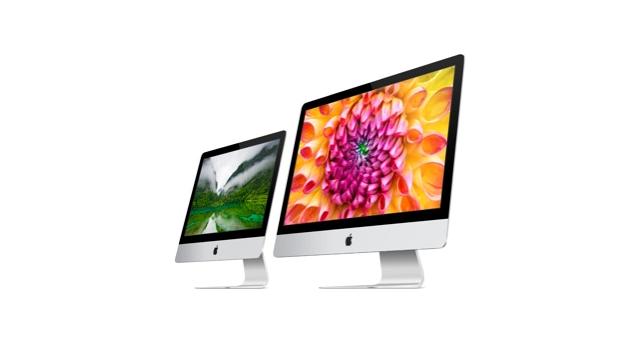Apple's Fusion Drive: what you need to know
The tech behind Apple's Fusion Drive

The new iMac doesn't just have a pretty new case: like the new Mac Mini, it can be configured with an interesting new disk drive that Apple calls the Fusion Drive.
Is there substance to the sci-fi labelling, or has Apple given old tech a new name? Let's find out.
The Fusion Drive promises hard disk space and SSD speed
Hard disks are big, cheap and relatively slow, while SSDs are extremely quick and fairly expensive. The Fusion Drive aims to give you the benefits of both kinds of storage without the downsides, so it's actually two drives in one: there's a traditional hard disk for storage space, and an SSD for speed.
Apple claims that the Fusion Drive will run three and a half times faster than a traditional hard disk for tasks such as photo importing and folder copying, with speeds close to those of pure solid state drives: according to Mac Observer, all disk writes will go to the solid state drive, with files copied to the hard disk platter afterwards if OS X decides they don't need to be on the SSD.
The Fusion Drive storage space is 1TB or 3TB, plus 128GB of SSD
While 128GB of solid-state storage sounds like a lot, it isn't a great deal if you've got an enormous library of HD home movies or massive-megapixel RAW photos - and you don't need SSD speeds for the odd Pages document.
The Fusion Drive comes with core apps on the SSD and documents on the hard disk, but Apple's Phil Schiller says that its software will monitor what you're using and move things from SSD to HDD and vice-versa.
The Fusion Drive doesn't use caching and isn't a RAID drive
We've seen hard disks with SSD caching for years now, and of course RAID (Redundant Array of Inexpensive Disks) storage has been around since PCs were made of wood.
Sign up for breaking news, reviews, opinion, top tech deals, and more.
However, the Fusion Drive is neither a caching drive or a RAID one: it's a hybrid drive, so instead of mirroring - creating a cached copy of frequently used data on the SSD - it moves frequently used data from the HDD to the SSD.
The Fusion Drive is two drives, but it looks like one
Apple's Fusion Drive is designed to work invisibly, so you won't see two separate volumes in the Finder: if you go for the 1TB version you'll see a single volume with 1.12TB of storage (1TB of hard disk space coupled to 128GB of SSD storage) and if you go for the 3TB you'll get 3.12TB.
When you back up a Fusion Drive, you'll back up its single volume rather than two separate disks.
The Fusion Drive price isn't as high as you might expect
Apple hasn't announced the different prices for its new iMac range yet, but if you look at the Mac Mini configuration page you'll see that a 1TB Fusion Drive adds £200 to the base price.
That's £40 cheaper than the 256GB SSD option, so if the Fusion Drive's as fast as Apple says it is it'll be a tempting option for Mac Mini and iMac buyers.

Contributor
Writer, broadcaster, musician and kitchen gadget obsessive Carrie Marshall has been writing about tech since 1998, contributing sage advice and odd opinions to all kinds of magazines and websites as well as writing more than twenty books. Her latest, a love letter to music titled Small Town Joy, is on sale now. She is the singer in spectacularly obscure Glaswegian rock band Unquiet Mind.